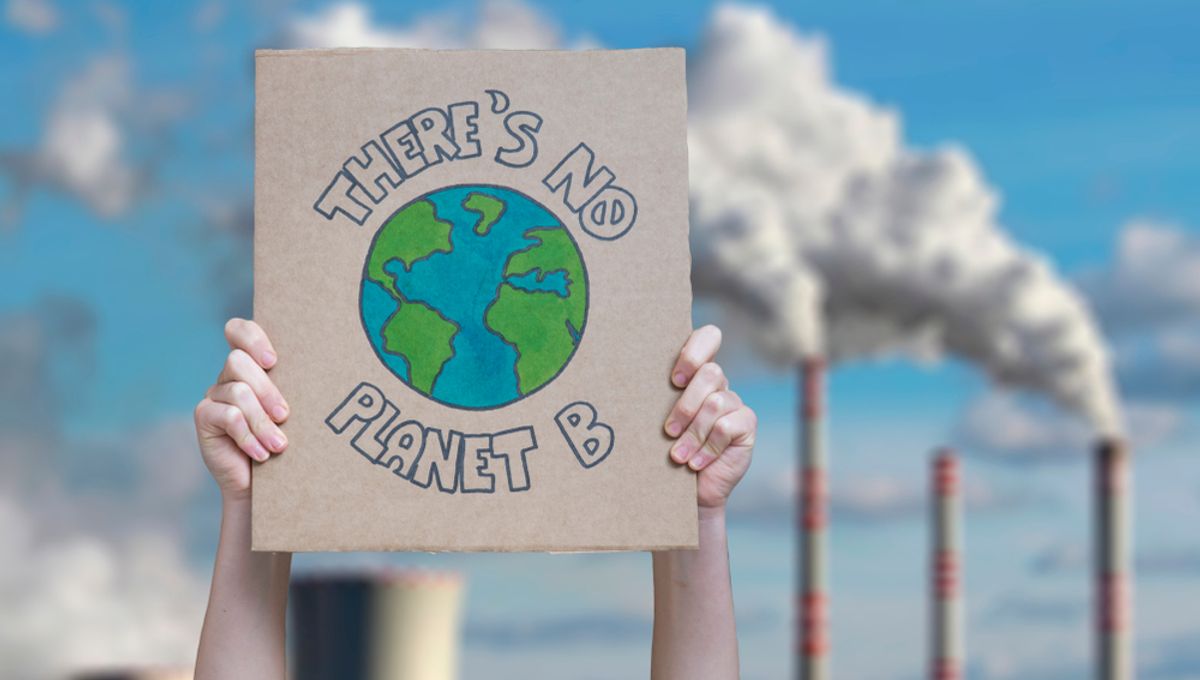
We are moving closer to crossing the 1.5 °C (2.7 °F) threshold above pre-industrial levels for the global temperature mean, 66 percent likely be exceeded during at least one year of the next five. This is the latest prediction from the World Meteorological Organization – another alarm bell showcasing the seriousness of the climate crisis.
The Global Annual to Decadal Climate Update report provides a picture of the near future – and it is sobering. The current hottest year in recorded history is 2016, and the likelihood that the record will be broken between 2023 and 2027 is 98 percent – the same likelihood that the five-year mean for 2023-2027 will be higher than the last five years.
“Global mean temperatures are predicted to continue increasing, moving us away further and further away from the climate we are used to,” Dr Leon Hermanson, a Met Office expert scientist who led the report, said in a statement
The chance of global near-surface temperature exceeding 1.5°C above preindustrial levels for at least one year between 2023 and 2027 is two-thirds, but the report states that the five-year average won’t exceed this limit. The work also suggests an El Niño event from December 2023 to February 2024.
“This Synthesis Report underscores the urgency of taking more ambitious action.” – Hoesung Lee, #IPCC Chair
“This report does not mean that we will permanently exceed the 1.5°C level specified in the Paris Agreement which refers to long-term warming over many years. However, WMO is sounding the alarm that we will breach the 1.5°C level on a temporary basis with increasing frequency,” said WMO Secretary-General Prof. Petteri Taalas.
“A warming El Niño is expected to develop in the coming months and this will combine with human-induced climate change to push global temperatures into uncharted territory,” he said. “This will have far-reaching repercussions for health, food security, water management and the environment. We need to be prepared.”
The temperature anomaly in the Arctic is expected to be three times as higher as the temperature anomaly elsewhere on the planet, and reduced rainfall is expected in Indonesia, the Amazon, and Central America. Northern Europe, Alaska, and Siberia will instead have an increased chance of above-average rainfall.
The Paris Agreement had countries agreeing to “pursue efforts” to limit global temperature rises to 1.5 °C. If the world experienced a temperature anomaly of more than 1.5 °C for a decade or two, the effects would be disastrous, with longer and stronger heatwaves, more wildfires, more intense storms, and more flooding.
To avoid that, the UN has called for greenhouse gas emissions to peak before 2025 and decline by 43 percent by 2030. Countries are currently failing to live up to the agreement, with measures that do not go as far as they should in curbing emissions.
The situation remains serious, but it is important to remember that it is not hopeless – not now, not ever. Any fraction of a degree increase that we can prevent matters. Even crossing the 1.5 °C threshold for good is not the end. The die might be cast, but we can still alter the odds in our favor. These efforts to limit our impact as much as possible will directly translate into lives saved across the planet.
Source Link: World Set To Cross 1.5°C Temperature Threshold For First Time In Next Five Years